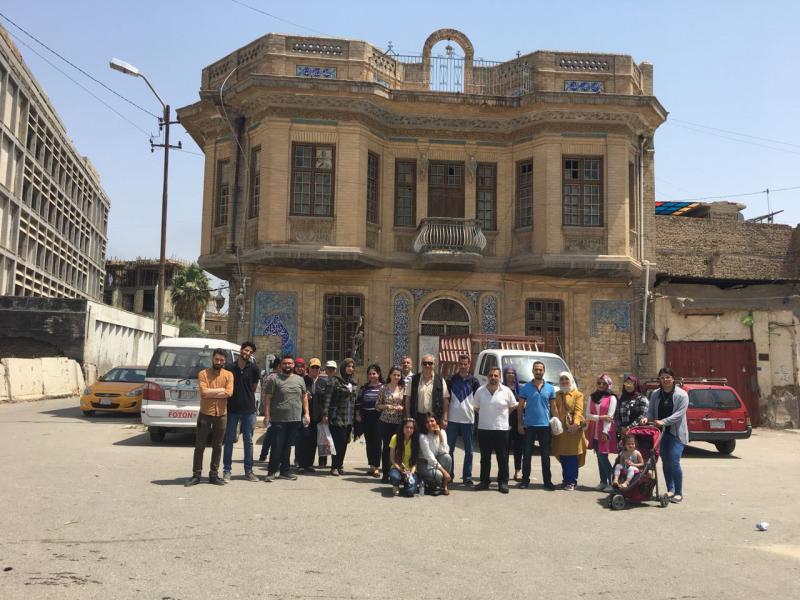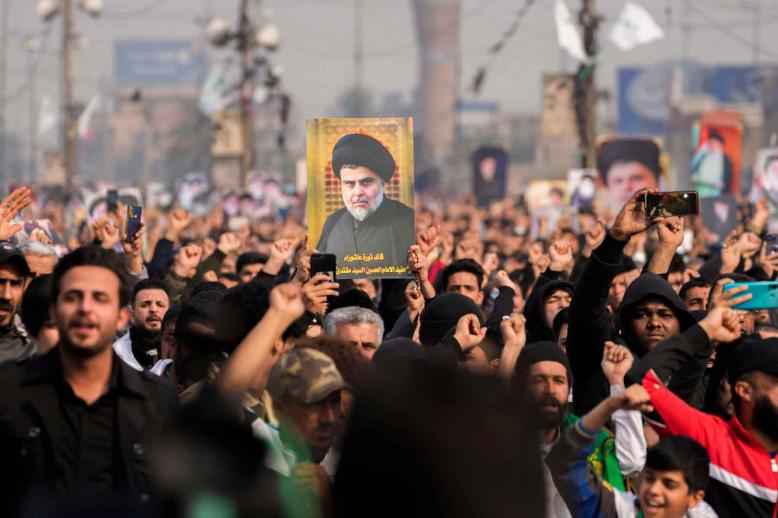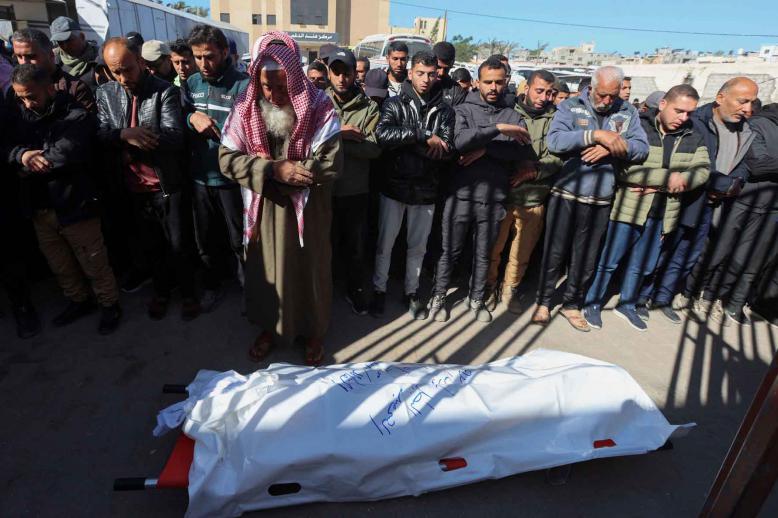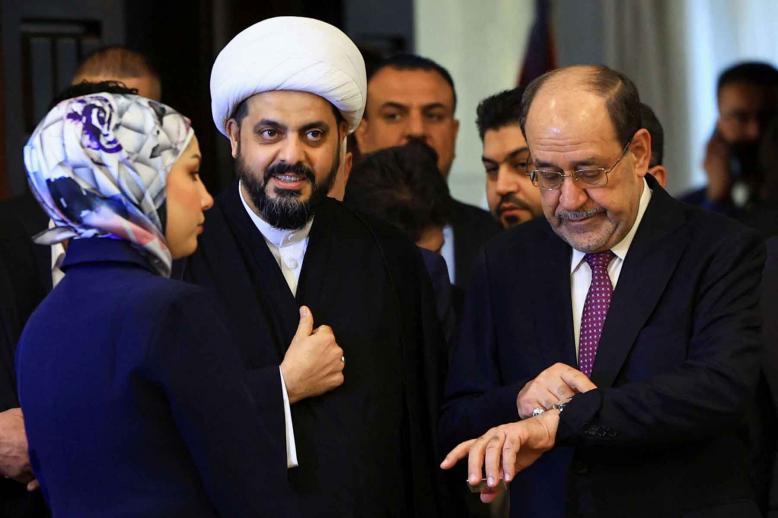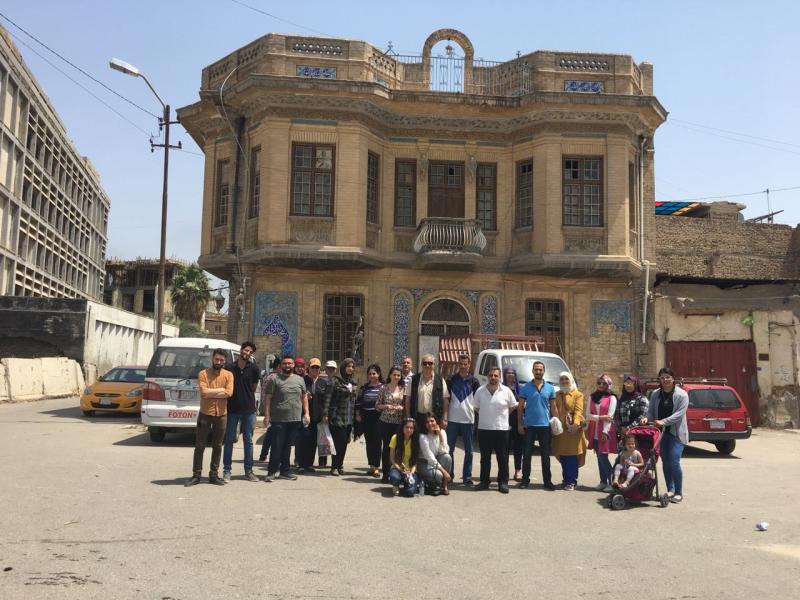Baghdad Downtown initiative helping preserve city’s architectural heritage
BAGHDAD - “Madinat al-Salam — the city of peace — and the Baghadas — residents of Old Baghdad — are the source of traditions and legends transmitted across centuries and generations and they must be preserved,” said Iraqi architect Mohamad Hosni, founder of the Baghdad Downtown initiative.
The initiative seeks to check the decline of Baghdad’s traditional centre and the drain of its native population.
“Rebuilding cities requires bringing back life to them and this can only be done by rehabilitating the old quarters, which can be transformed into tourist attractions to admire their wealth of heritage,” Hosni said.
Hosni’s initiative seeks to sensitise Iraqis to the importance of preserving their architectural heritage and traditional fabric through walking tours across Baghdad’s old quarters and narrow alleys lined with traditional buildings, including caravanserais, Turkish baths, souks and houses with mashrabiyas — carved wood windows.
“The best way to do it is by strolling through the alleys and reminiscing of the stories and traditions that are closely linked to these places. The names carry special significance for Iraqis because they relate to the families who have lived there for a long time,” Hosni said.
Groups of 30 people of all ages take part in Hosni’s 3-hour weekly tours. “I had a dream haunting me and that is to raise awareness among Iraqi youth and children about Baghdad’s history and work on preserving its unique architectural identity,” he said.
In addition to introducing the history of Baghdad, Hosni said the tours try to discern the public reaction to declining heritage.
“So far, the response has been very positive and many people want to register in the tours that take place on the weekend every Friday,” he said. “One old lady insisted on completing the whole 3-hour tour to revive her childhood memories of Baghdad. Even young children not older than 6 were so passionate about seeing the places and learning their history.”
The tour includes the main caravanserais such as Khan al-Zouhour and Khan Moudallal, the old city walls and the alleys of Haidar, Wathba, Akouliya and Kamel, which go back hundreds of years.
Baghdad was founded under the second Abbasid Caliph al-Mansur (ruled 754-775). The first major structure erected was the famous round city, called Madinat al-Salam. During the five centuries of the Abbasid caliphate, Baghdad prospered on all fronts — cultural, artistic, literary and religious. However, its golden age was under the fifth caliph, Harun al-Rashid, whose reign was a time of cultural, scientific and religious progress. The caliph established the first library called “House of Wisdom” in Baghdad.
While it escaped the ravages of the Crusades, the city was destroyed in February 1258 by the Mongol onslaught.
Today, Iraq’s heritage is being lost at a rapid rate. The historic areas in Baghdad, like those in other parts of Iraq, suffer from large-scale urban development and engineering works, neglect and decay, the demolition and clearance of buildings and wide areas, ill-advised restoration work, looting and vandalism.
Traditional residential neighbourhoods have given way to the development of new quarters of the city. This, along with the deterioration of structures, lack of infrastructure and poor internal sanitation, has driven much of the native population outside the old area.
Antique collector Bochra al-Attar bemoaned the “disastrous state” of Baghdad’s heritage, which she said was disappearing “because of government neglect and the society’s ignorance of the precious value of the old quarters.”
Attar, who is also an architect, praised Hosni’s Baghdad Downtown initiative. “I was among the first participants in his tours. It is important to have an outspoken loving voice seeking to protect Baghdad and stand against the ugly changes and arbitrary destruction of its traditional buildings and heritage sites,” she said.
“Ignorance and greed of developers resulted in wiping out of many landmark buildings, including the oldest hammam in Baghdad under the pretext that it stood near the mausoleum of a religious figure,” Attar said. “It is very problematic when you are dealing with people of regressive mentalities who look only after their personal interest notwithstanding the big harm and loss done to the society and the country’s heritage and history.”
Attar said the government has been largely investing in oil projects and the promotion of religious tourism “as if Iraq had these two aspects only.”
The Baghdad Downtown Facebook page amassed more than 2,000 followers in just a few months. Hosni said his initiative targets landlords and financiers, encouraging them to invest in the restoration of the old buildings and make them sustainable.
Oumayma Omar, based in Baghdad, is a contributor to the Culture and Society sections of The Arab Weekly.
This article was originally published in The Arab Weekly.


